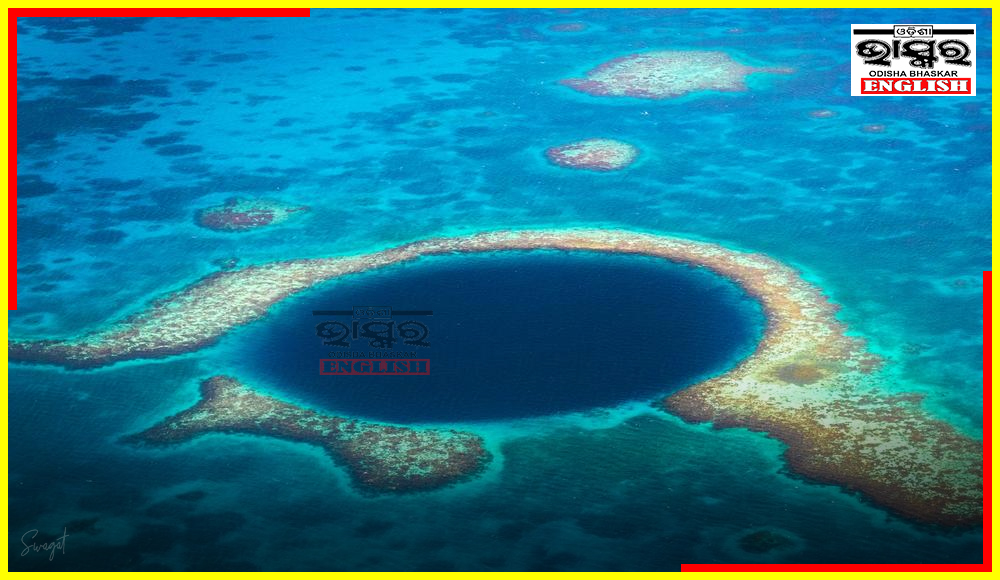Mexico City: The second-deepest blue hole in the world has been discovered off the Yucatan Peninsula in Mexico. The massive, undersea cavern spans 147,000 square feet in size and is 900 feet deep. Chetumal Bay is where it is, according to reports.
Despite being discovered in 2021, the enormous sapphire sinkhole was just recently documented in the academic journal Frontiers In Marine Science.
Ancient limestone caves etched into the ocean floor can be found in blue holes. These less well-known inland blue holes are dark in colour and completely dark due to a buildup of dead microorganisms from fallen trees and leaves. They look to be little more than wetlands on the surface, but what lies there is amazing.
These blue holes are known as Taam ja’, which means “deep water” in Maya. There is minimal oxygen presence, and sunlight only reaches the surface. Even under these circumstances, a life that has evolved to a low oxygen environment is teeming in these enormous holes.
It is the second-deepest blue hole that is known to exist in the globe after the Dragon Hole in the South China Sea, which is thought to extend down about 980 feet.
The walls of the indigo crater shield the water from tidal action.
Blue holes might provide a glimpse into life thousands of years ago. It might also reveal more about planetary life.




Comments are closed.